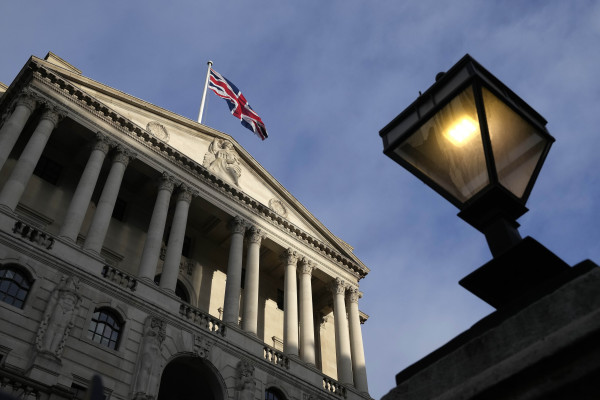

It might be a little too early to talk of spring buds, but the green shoots of recovery may not be too far away.
When winter began, talk in the mortgage market was concentrated on the impact Kwasi’s Kwarteng’s disastrous "mini"-Budget was having on the UK’s financial stability.
Fast forward two months and the outlook has improved significantly. Five-year swap rates may have risen slightly over the last day or so, but at the end of January they dropped below 3.5 per cent for the first time since September 2022 – falling as low as 3.285 per cent.
Meanwhile, two-year swaps have fallen to 3.944 per cent, down from 4.357 per cent in December 2022.
These figures are evidence of increasing market stability and offer hope that rates will not reach the highs predicted last autumn.
So what has changed in recent weeks? Firstly, inflationary pressures are beginning to ease slightly.
Wholesale gas prices have fallen to below levels seen before Russian’s invasion of Ukraine.
And this should eventually feed through to lower bills for households. Petrol and diesel prices have also dropped sharply from their summer high.
Meanwhile, the latest figures from British manufacturers, show that factory output prices unexpectedly fell 0.8 per cent in December, the biggest decrease since April 2020.
Although inflation remains more than five times above the Bank of England’s 2 per cent target, it has fallen for two consecutive months and there are signs that it is heading towards single digits.
As well as an improved inflationary outlook, the pound’s recovery and the performance of the London Stock Exchange are also signs that investors have more faith in the UK economy and its recovery than some sections of the mainstream media.
Lenders will be keeping a close eye on all these key indicators to get a sense of what is to come.
Clearly we are not out of the woods yet; household finances are still under significant strain with real wages falling and the prospect of higher interest rates.
But the good news is that the expected peak in interest rates may not be as far away as was predicted in the autumn.
Forecasts now put the ceiling for base rate at 4 per cent to 4.5 per cent. This means we may only be one, or possibly two, rate rises away from a levelling off.
My sense is that the outcome is already baked into swap rates, meaning mortgage rates may also have reached their peak in the current cycle.
We are already seeing lenders start to reduce rates, with the best five-year deals for landlords back under 5 per cent, albeit with higher fees.
Renewed competition among lenders combined with improved swap rates and a less gloomy economic outlook should help to stabilise the market and could even push rates down further.
In turn this will help to improve affordability issues for landlords. Stress tests were tightened significantly as rates began to rise, which restricted buy-to-let borrowing, but they are now beginning to ease.
No one knows exactly what’s around the corner, but there is a sense that with spring on the horizon the most turbulent days are behind us.
Events of the past six months mean conditions are not going to return to ‘normal’, but the market and the UK economy is showing signs of resilience.
Let's hope 2023 is a year of recovery.
Phil Riches is sales director at Keystone Property Finance




